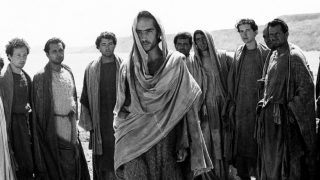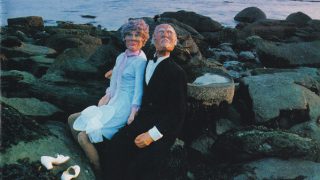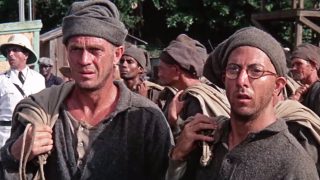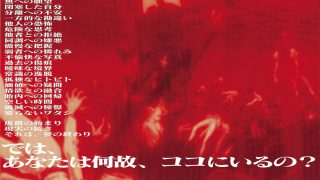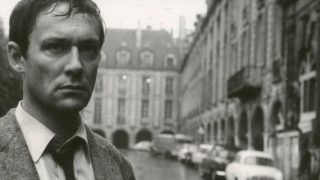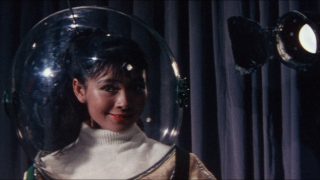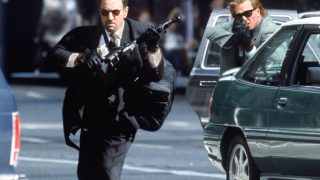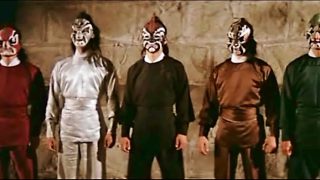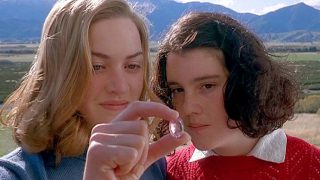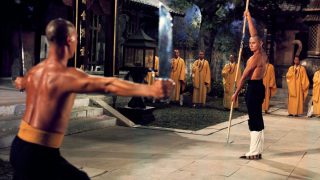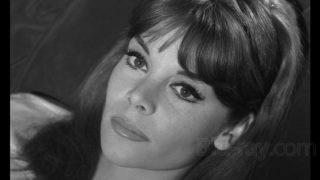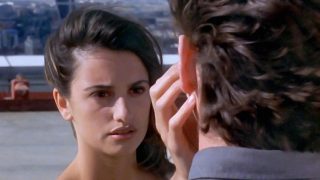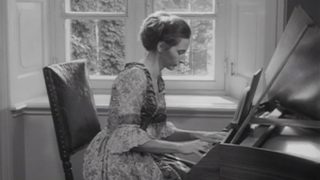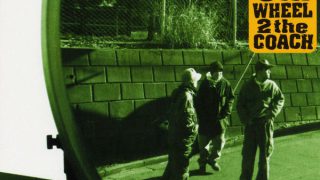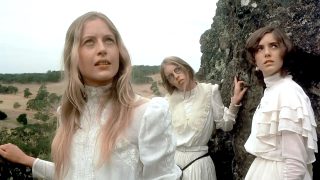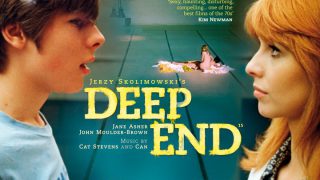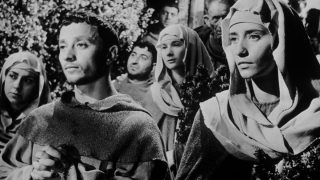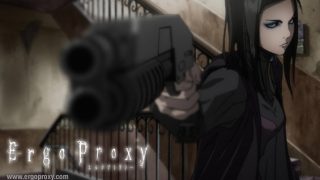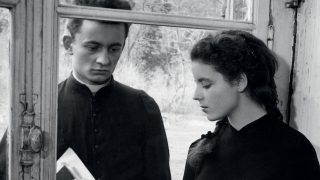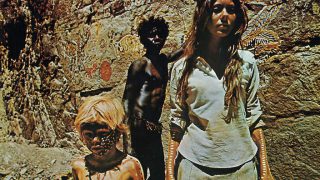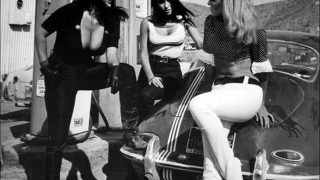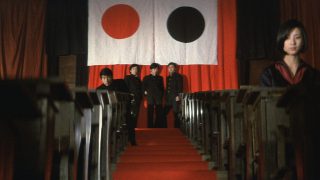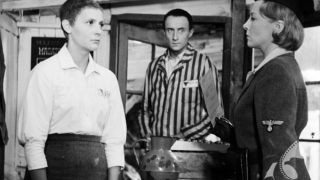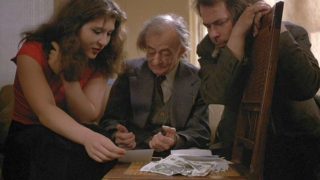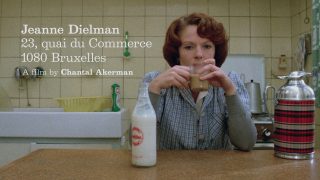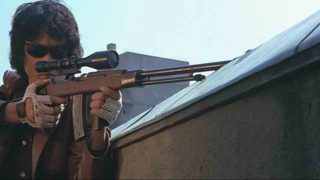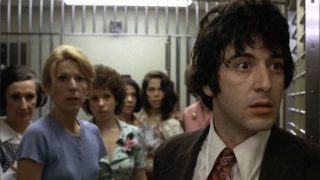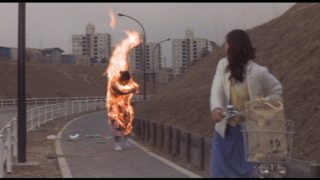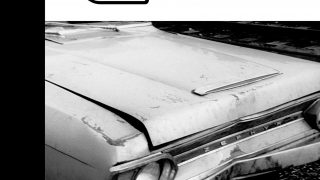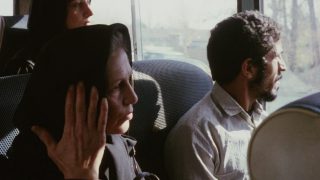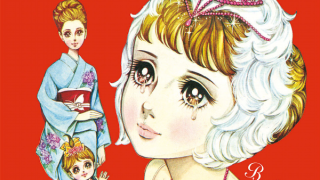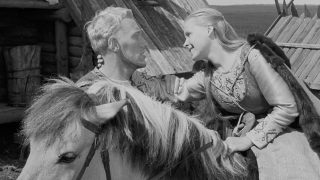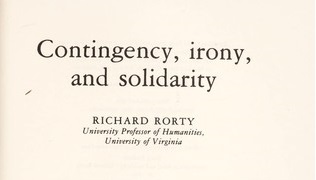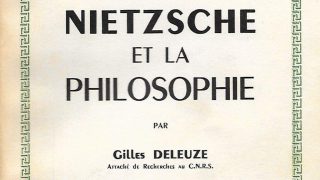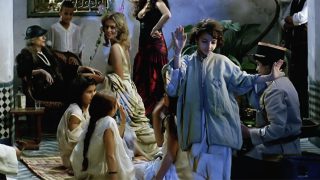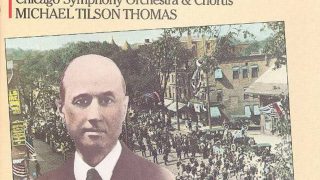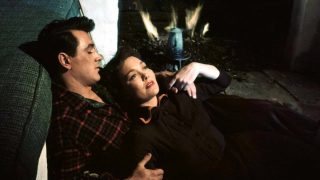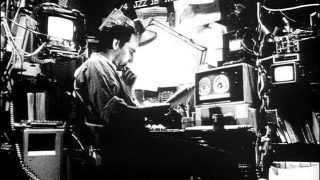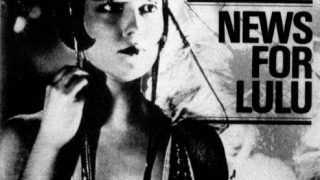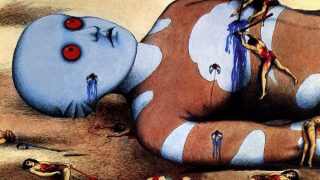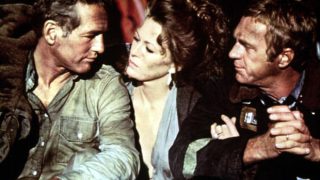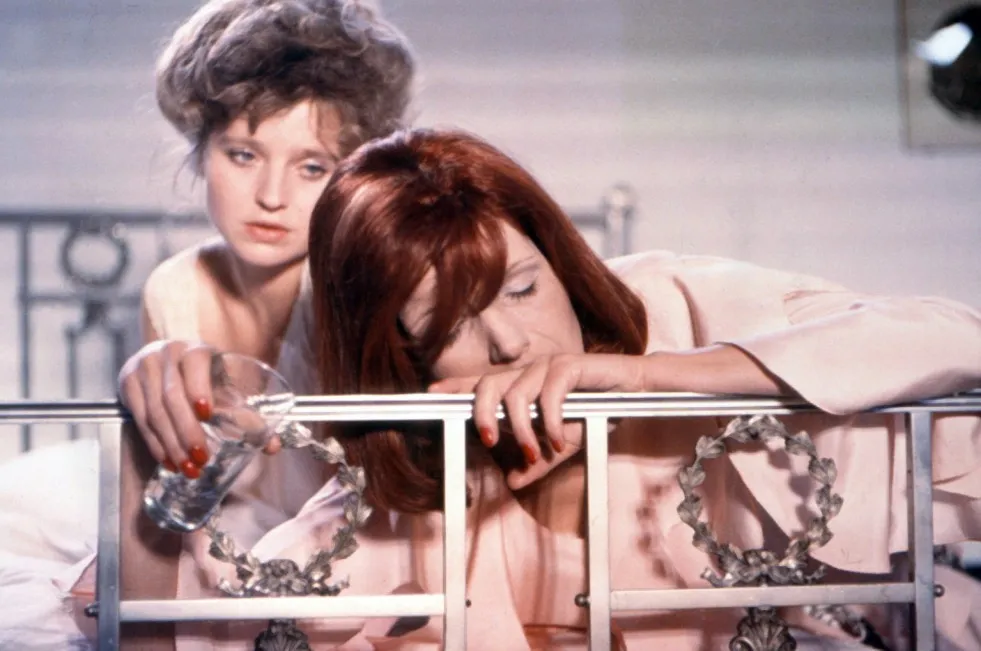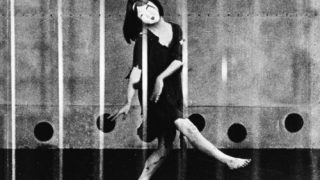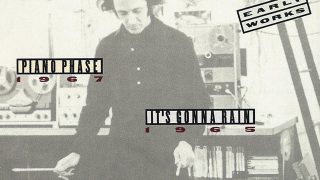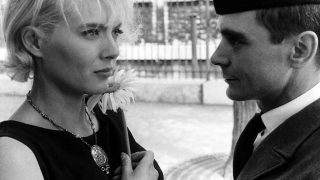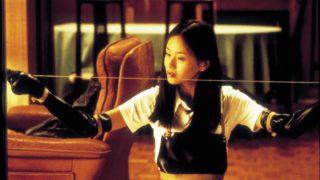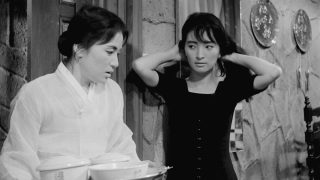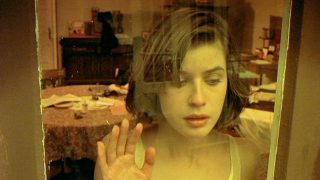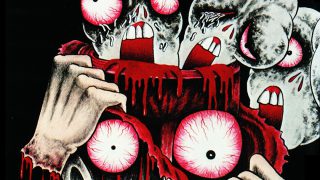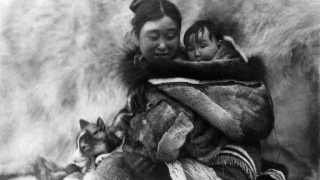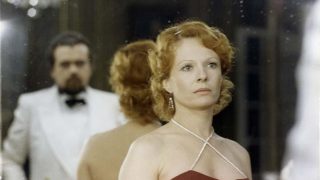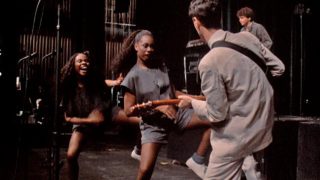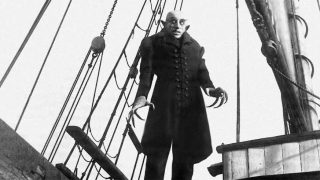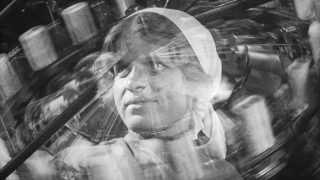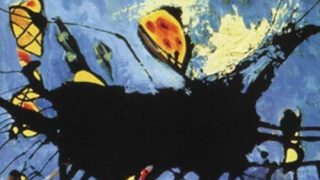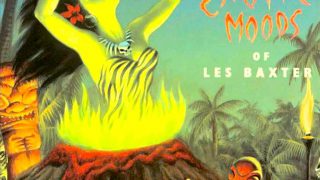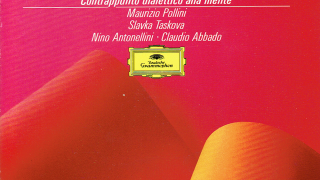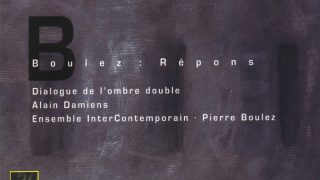Overview
“Faster, Pussycat! Kill! Kill!“ is a 1965 American exploitation film directed by Russ Meyer.
Set in the California desert, it depicts three go-go dancers who commit crimes, such as murder, kidnapping, and robbery.
Directed and edited by Russ Meyer.
Screenplay by Russ Meyer and Jack Moran.
Produced by Russ Meyer and Eve Meyer.
Production company is EVE Productions.
Distributed by RM Films International.
Starring Tura Satana, Haji, Lori Williams, and Susan Bernard.
Cinematography by Walter Schenk.
Music by Paul Sawtell and Bert Shefter.
Black & white. Standard size. 83 minutes.
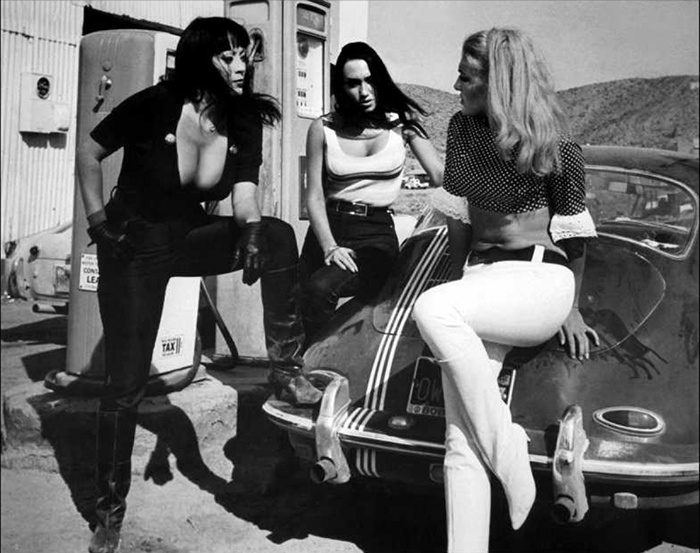
Plot
The film begins with introductory remarks by the narrator (John Furlong). The narrator gives a warning about potential violence behind the female body.
Three women who work as go-go dancers at a nightclub — Varla (Tura Satana), Rosie (Haji), and Billie (Lori Williams) — come to the California desert, driving their sports cars.
Varla is the leader of the trio. She is a karate expert.
They play a high-speed game of chicken, seeking thrills.
They encounter a young couple, Tommy (Ray Barlow) and Linda (Susan Bernard), who were going to run a time trial on their car.
At Varla’s suggestion, the trio and Tommy compete for car speed. Then, Varla gets into fistfights with Tommy.
Varla breaks Tommy’s neck and kills him.
Varla drugs and kidnaps Linda.
In a small desert town, the trio stop at a gas station, where they see a wheelchair-using old man (Stuart Lancaster) and his muscular but mentally retarded son called “The Vegetable“ (Dennis Busch).
According to the gas station attendant (Mickey Foxx), the old man was disabled by a train accident when he saved a girl on the train platform, and he is hiding a great deal of settlement money somewhere around his house in the desert.
Varla plots to rob the old man of his money. The trio follow him by car to his house, taking Linda in tow.
The old man lives with his elder son Kirk (Paul Trinka) and his younger son “The Vegetable“ in his house near a ranch.
When the old man saved the girl on the train platform and had the train accident, the girl left him and took the next train. Since then, the old man has developed a deep hatred of young women. He has been obsessed with desire for revenge for women.
The old man’s family finds the trio with Linda.
The old man plots to attack Linda to satisfy his desire for revenge for women.
The old man invites the trio and Linda to lunch.
After lunch, Varla tries to seduce Kirk to search for the place where the old man’s money is hidden.
Linda escapes while Billie gets drunk.
The old man makes his younger son catch Linda.
Kirk becomes disgusted with his father and leaves with Linda.
Billie tries to go home alone, leaving Varla and Rosie, but Varla throws a knife into Billie’s back and kills her.
Varla riding a car and the old man with a shotgun start killing each other.
Commentary
“Faster, Pussycat! Kill! Kill!“ premiered in Los Angeles in 1965. The advertising copy of the film at that time was “Ode to the Violence in Women“.
It is one of the earliest action movies featuring a female protagonist, and a then-groundbreaking movie that overcame the stereotypes of gender roles by depicting female violence.
Though it was a commercial and critical failure upon its initial release, after that it became highly valued as a cult classic.
It is a sexploitation film depicting large-breasted women as sex objects, but it depicts women as more powerful than men, like many other films by Meyer.
The highlights of the film are the presence of Tura Satana, who played the role of Varla as a violent and cruel villain, and the action scenes performed by herself. She had actually learned martial arts, such as aikido and karate.
Filmmaker and writer John Waters stated in his book “Shock Value“ (1981) that “Faster, Pussycat! Kill! Kill! is, beyond a doubt, the best movie ever made. It is possibly better than any film that will be made in the future.”
The film has been re-evaluated from the viewpoint of feminism and female empowerment because it depicted the female protagonist not only as a sexual object but also a subject of violence.
Feminist film critic B. Ruby Rich dismissed the film as an exploitative, misogynist film that objectified women when she saw it in the 1970s, but when she rewatched it on video in the early 1990s, she revalued it in the context of queer culture and wrote a long article on it in “The Village Voice“.
Filmmaker Quentin Tarantino referenced the film and thanked Meyer in the credits of his film “Death Proof“ (2007).
In 2015, RM Films International released the film on Blu-ray.



